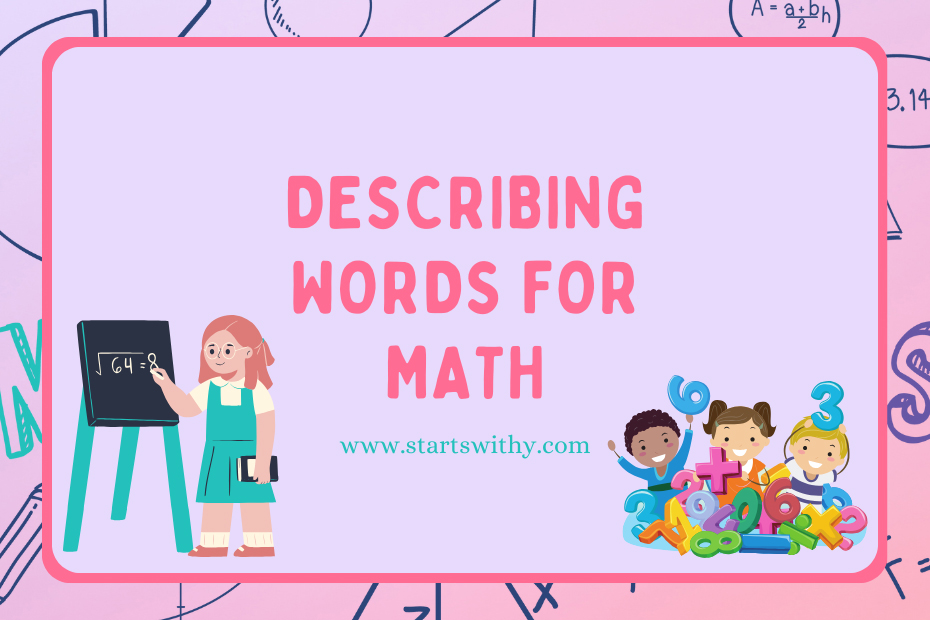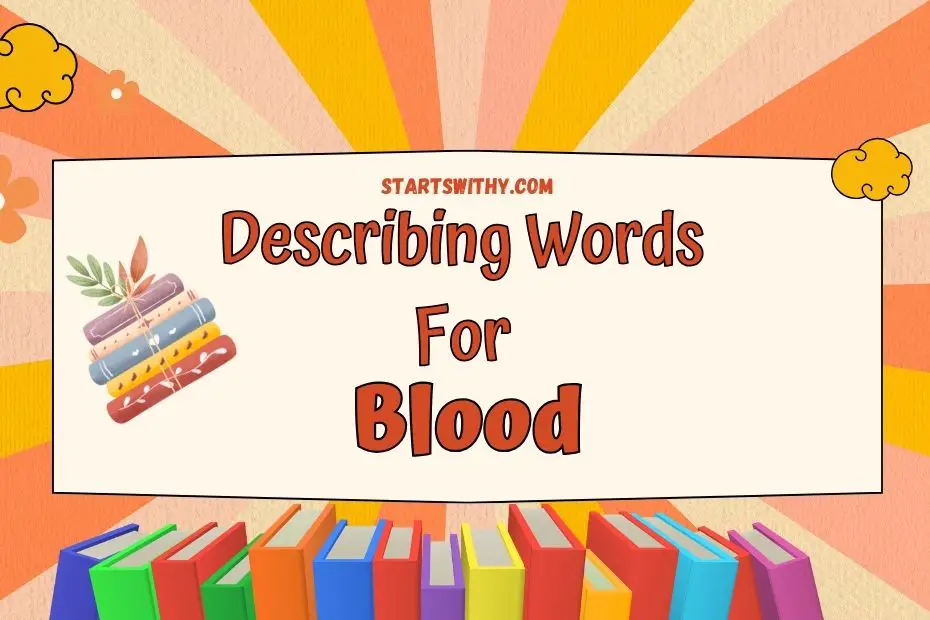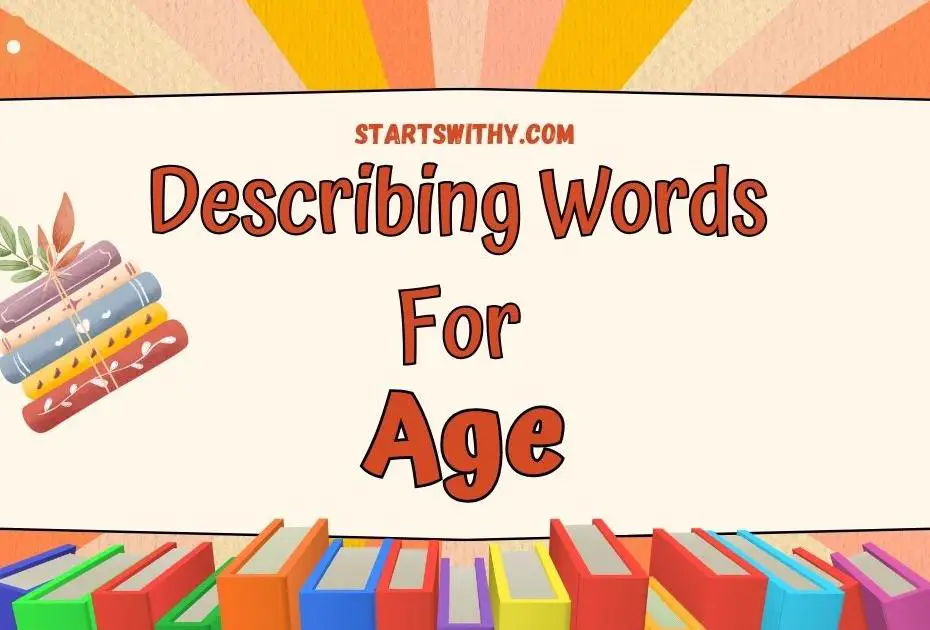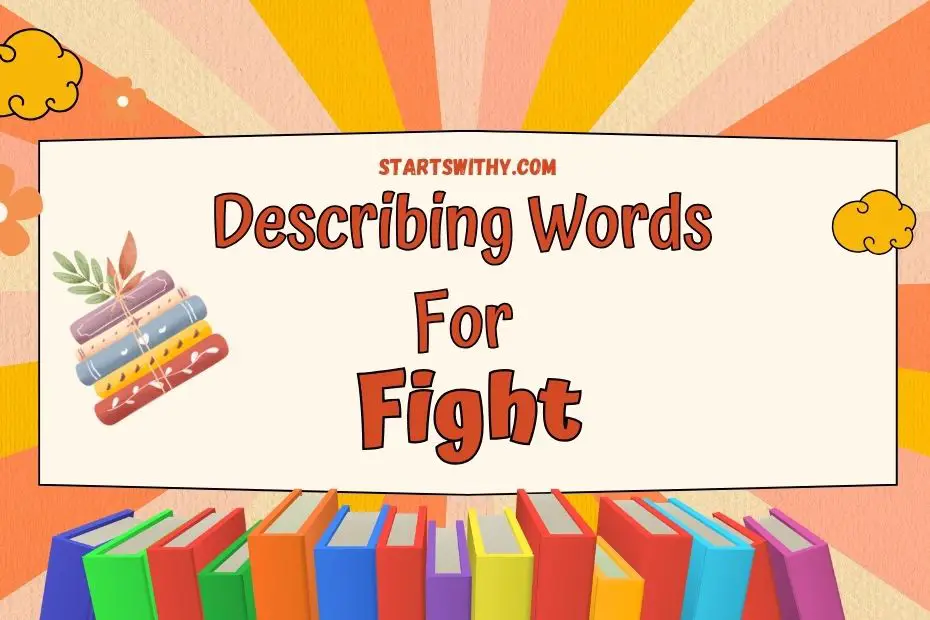Are you tired of using the same old adjectives to describe mathematical concepts? Well, look no further! In this article, I’ll be sharing a comprehensive list of adjectives that can be used to describe various aspects of math. From numbers to shapes, equations to graphs, these adjectives will help you paint a vivid picture of mathematical concepts. So whether you’re a student looking to impress your teacher or a math enthusiast looking to spice up your conversations, this list is for you. Get ready to explore the world of math with a whole new set of descriptive words!
How to Describe math? – Different Scenarios
When it comes to describing math, there are various scenarios that require different adjectives to paint an accurate picture. Whether you’re explaining a concept, solving a problem, or discussing a mathematical equation, using the right adjectives can enhance your communication and help others understand math more effectively. Here are some different scenarios and examples of adjectives you can use to describe math:
Describing Numbers
Numbers are the foundation of math, and describing them can make a significant impact on how they are understood. Here are some adjectives you can use to describe numbers:
| Adjective | Example |
|---|---|
| Whole | I have six whole apples. |
| Prime | The number 7 is a prime number. |
| Rational | 0.5 is a rational number. |
| Irrational | The square root of 2 is an irrational number. |
| Complex | 2 + 3i is a complex number. |

Describing Shapes
Geometry uses various shapes, and describing them accurately can help visualize their properties. Here are some adjectives you can use to describe shapes:
- Circular: A pizza is a circular shape.
- Rectangular: The whiteboard is a rectangular shape.
- Symmetrical: The butterfly’s wings are symmetrical.
- Irregular: The rock has an irregular shape.
Describing Equations
Equations represent relationships between numbers and variables, and using precise adjectives can convey their nature effectively. Consider the following adjectives to describe equations:
- Linear: The equation y = 2x + 3 is a linear equation.
- Quadratic: The equation y = x^2 + 2x + 1 is a quadratic equation.
- Exponential: The equation y = 2^x represents an exponential relationship.
- Increasing: The graph shows an increasing trend.
- Decreasing: The graph displays a decreasing trend.
- Steady: The graph indicates a **steady
When it comes to teaching math to young children, using descriptive language can greatly enhance their understanding and engagement with the subject. By incorporating adjectives, we can bring numbers, shapes, equations, and graphs to life, turning them into tangible concepts that students can relate to. In this section, I’ll provide you with a range of descriptive words that you can use to make math lessons more vivid and exciting for your students.
Describing Words for math in English
- Large Numbers: immense, enormous, colossal
- Small Numbers: tiny, minuscule, microscopic
- Odd Numbers: peculiar, quirky, eccentric
- Even Numbers: balanced, symmetrical, harmonious
- Prime Numbers: exceptional, unique, outstanding
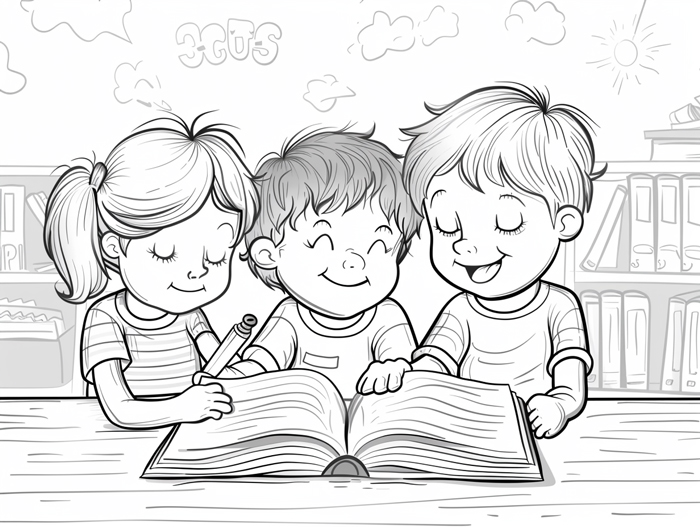
Shapes and Geometry
- Circles: round, curved, graceful
- Squares: equal, symmetrical, sturdy
- Triangles: sharp, pointed, triangular
- Rectangles: elongated, rectangular, proportional
- Polygons: multi-sided, versatile, dynamic
Equations and Expressions
- Simple Equations: straightforward, uncomplicated, clear-cut
- Complex Equations: intricate, elaborate, sophisticated
- Algebraic Expressions: variable, flexible, adaptable
- Linear Equations: straight, direct, linear
- Quadratic Equations: curved, parabolic, concave
Graphs and Charts
- Bar Graphs: vertical, colorful, informative
- Line Graphs: continuous, trend, patterns
- Pie Charts: divided, proportional, sectors
- Scatter Plots: scattered, correlated, relationship
- Histograms: bars, frequency, distribution
Using these describing words not only adds depth to your math lessons but also helps students develop a richer understanding of the concepts at hand. By engaging their senses through detailed descriptions, you can make learning math a more enjoyable and memorable experience. Remember to tailor your language to the age and comprehension level of your students, providing them with the appropriate vocabulary to describe and engage with the world of math.
| Aspect | Adjectives |
|---|---|
| Numbers | immense, tiny, peculiar |
| Shapes | round, equal, sharp |
| Equations | straightforward, intricate |
Adjectives for math
In teaching math to young children, using descriptive language is essential for enhancing their understanding and engagement. By incorporating adjectives, we can help students visualize and comprehend mathematical concepts more effectively. Below, I will provide a list of positive and negative adjectives that can be used when describing various aspects of math, along with example sentences to illustrate their usage.
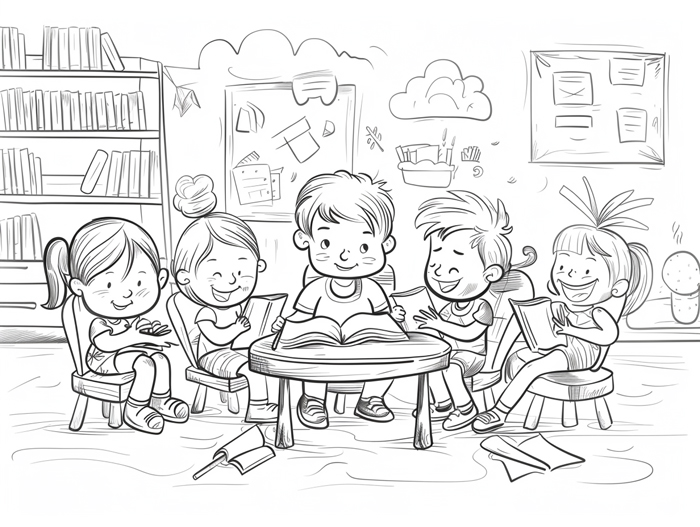
Positive Adjectives for Math with 12 Example Sentences
- Precise: The answer to the problem was precise, as we calculated it accurately to the nearest decimal point.
- Efficient: The student found an efficient method to solve the equation, saving time and effort.
- Logical: The step-by-step approach used in solving the problem demonstrated a logical thought process.
- Creative: The student’s creative approach to solving the puzzle allowed for multiple solutions.
- Symmetrical: The shapes in the pattern exhibited symmetrical properties, making them visually appealing.
- Organized: The student organized the data in a clear and systematic manner for easy analysis.
- Proportional: The graph showed a proportional relationship between the x and y variables.
- Accurate: The measurements recorded were accurate, ensuring reliable results.
- Complementary: The angles formed were complementary, adding up to 90 degrees.
- Parallel: The lines on the graph were parallel, indicating no intersection between them.
- Repetitive: The pattern followed a repetitive sequence, making it predictable.
- Symmetric: The left side of the graph was symmetric to the right side, exhibiting balance.
- Confusing: The problem statement was confusing, requiring clarification and further explanation.
- Inconsistent: The data points collected showed inconsistent values, leading to doubts about their reliability.
- Imbalanced: The equation on one side was imbalanced, requiring additional terms to make both sides equal.
- Inaccurate: The student’s calculations were inaccurate, resulting in incorrect answers.
- Disproportionate: The scale of the drawing was disproportionate to the actual dimensions, causing distortion.
Incorporating these adjectives into math lessons not only adds richness to the language but also helps students connect to the subject matter on a deeper level. Tailoring the language to their age and comprehension level allows for effective communication and fosters a positive learning environment. By utilizing descriptive language, we can make math more engaging and accessible to young children, setting them up for success in their mathematical journey.
Synonyms and Antonyms with Example Sentences
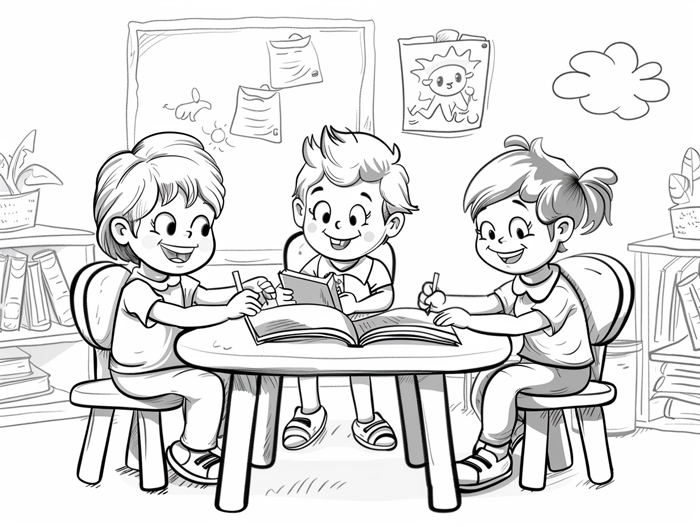
Synonyms for math
When teaching math to young children, it’s important to use a variety of descriptive words to make the subject more engaging and relatable. Here are some synonyms that can be used to describe different aspects of math:
| Word | Definition | Example Sentence |
|---|---|---|
| Numbers | Numerical symbols or figures | “Let’s count the numbers of apples in the basket.” |
| Shapes | Geometric forms | “Can you spot the different shapes in the picture?” |
| Addition | Combining numbers to find the total | “We can use addition to solve this problem.” |
| Subtraction | Taking away numbers to find the difference | “We need to use subtraction to answer this question.” |
| Patterns | Repeating sequences or arrangements | “What comes next in this pattern? Can you find the rule?” |
By introducing these synonyms into your math lessons, you’ll be able to add depth and variety to your language, making it easier for students to understand and connect with the concepts.
Antonyms for math
In addition to using synonyms, incorporating antonyms into your math lessons can help students grasp the contrasting ideas and concepts. Here are some antonyms that can be used to describe math:
| Word | Definition | Example Sentence |
|---|---|---|
| High | Having a great or considerable amount | “The temperature is high, while the price is low.” |
| Long | Extending a great distance | “The snake is long, while the worm is short.” |
| More | A greater amount or number | “I have more crayons than you, but you have fewer.” |
| Big | Of great size or extent | “The elephant is big, while the mouse is small.” |
| Before | In front of; prior to | “We do math in the morning, and play games after.” |
By incorporating antonyms into your math lessons, you can help students understand the concept of opposites while also reinforcing their understanding of math terminology.
Remember, when using synonyms and antonyms, it’s essential to tailor your language to the age and comprehension level of your students. By incorporating these descriptive words, you can make math lessons more engaging and accessible for young learners.
Conclusion
Incorporating descriptive language into math lessons is a powerful tool for enhancing the learning experience of young students. By using adjectives to describe various aspects of math, we can provide a more nuanced understanding of the subject. This article has provided a comprehensive list of synonyms and antonyms that can be used to describe math concepts, along with example sentences to demonstrate their usage.
By incorporating these descriptive words into our teaching, we can add depth and variety to the language used in math lessons. This not only makes it easier for students to understand and connect with the concepts, but also fosters a greater appreciation for the subject. Furthermore, tailoring the language to the age and comprehension level of the students ensures that they can fully grasp the concepts being taught.
Using adjectives to describe math is a simple yet effective way to engage students and enhance their understanding. By incorporating these descriptive words into our teaching, we can create a more dynamic and enriching learning environment for our young learners.
